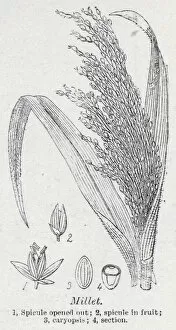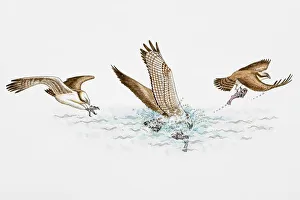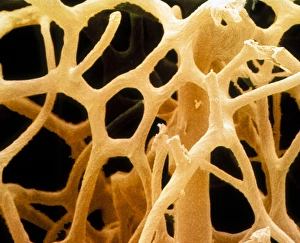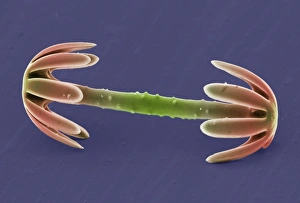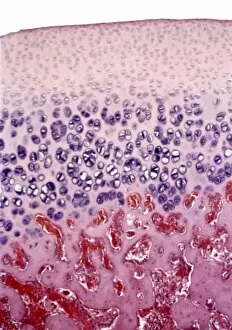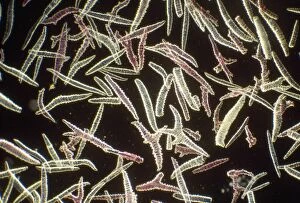Spicule Collection
Spicule: Nature's Versatile Weapon In the world of biology they can tiny structures that play a crucial role in various organisms
All Professionally Made to Order for Quick Shipping
Spicule: Nature's Versatile Weapon In the world of biology they can tiny structures that play a crucial role in various organisms. From the intricate litho prints of Millet to captivating illustrations of Osprey diving into water, these hints give us a glimpse into the fascinating realm of spicules. Imagine witnessing an Osprey plunging feet first into water, effortlessly catching fish with its sharp spicule-adorned toes. These incredible birds rely on their reversible front toes and spiky appendages to secure their prey before soaring away triumphantly. But it's not just birds that harness the power of spicules; even sponges utilize these microscopic wonders. A colored SEM image reveals the beauty hidden within natural sponges - delicate structures composed of countless interconnected cells. Zooming closer, we discover sponge spicules under scrutiny through multiple SEM images. These needle-like formations provide support and protection for these remarkable creatures. The diversity and complexity of sponge spicules become apparent as we examine them individually - each one unique in shape and composition. Their intricate designs serve as a testament to nature's ingenuity, enabling sponges to thrive in various aquatic environments. Underneath all those magnified details lies another layer worth exploring – sponge tissue captured through a light micrograph. This snapshot showcases how intricately woven together different components are within this organism. From artistry to survival strategies, from litho prints to scientific imagery, our journey through "spicule" has unraveled its significance across different realms. Whether it be aiding ospreys in securing their meals or providing structural support for sponges' survival, these minuscule structures remind us once again about nature's ability to adapt and innovate at every scale imaginable.

